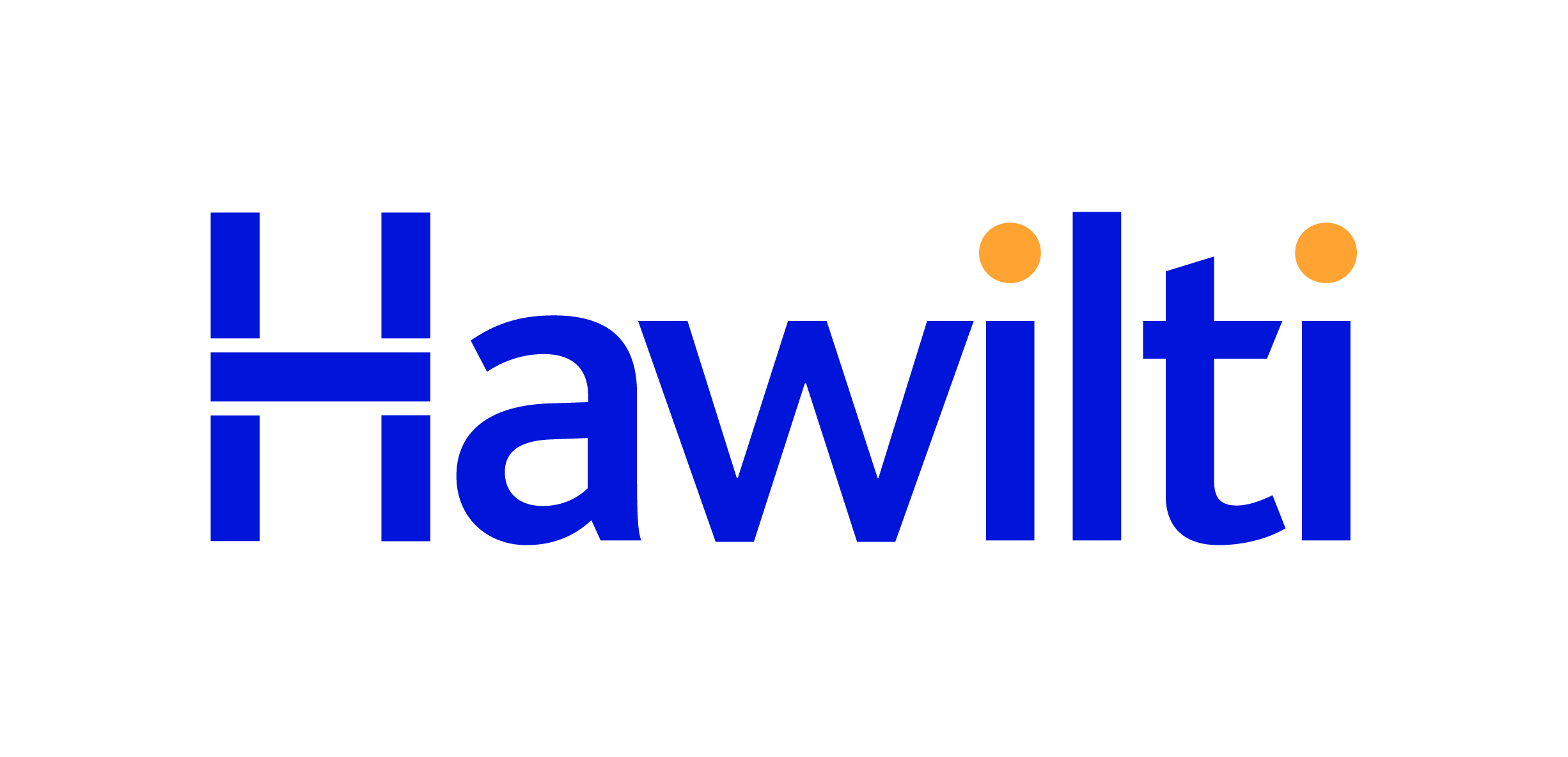Uncategorized
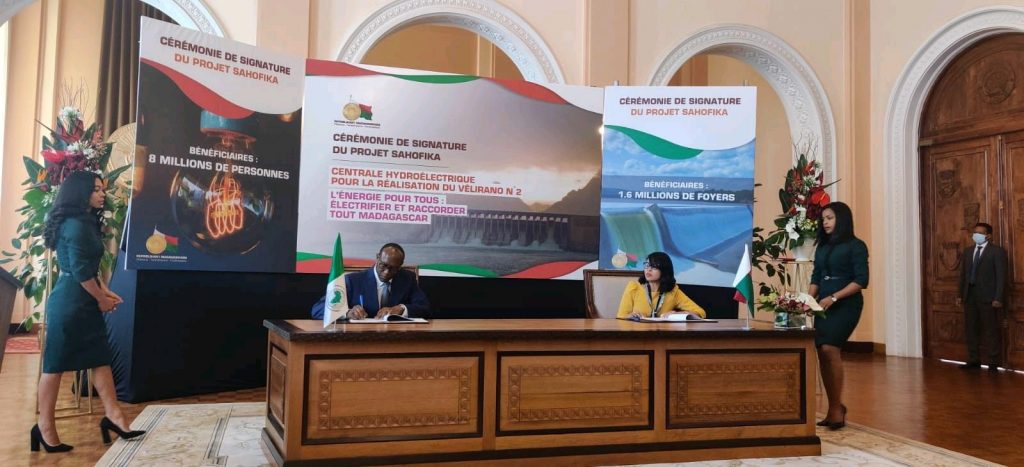
African Development Bank signs off on 205 MW Sahofika hydropower scheme in Madagascar
Yesterday, the African Development Bank (AfDB) signed two key agreements to further boost energy access in Madagascar. The contracts were signed by Rindra Hasimbelo Rabarinirinarison, Madagascar’s Minister of Economy and Finance, and Kevin Kariuki, Vice President for Power, Energy, Climate and Green Growth at the AfDB. The first one covers the $118m Power Transmission Network Reinforcement and Interconnection Project in Madagascar Phase 2, or PRIRTEM-II. The scheme notably comprises the construction of a 135 km, 220 kV double-circuit interconnection line with a capacity of 300 MW between the Tana Sud 3 (TS3) and Vinaninkarena substations. It also involves the construction of the TS3 220/90/20 kV and Vinaninkarena 220/63/20 kV transformer substations, and the electrification of 19 villages to electrify about 1,000 households. The second one is even more significant because it consists in the execution of project agreements for the 205 MW Sahofika Hydropower Project. The facility will be Madagascar’s biggest hydroelectric station upon completion and will generate hundreds of millions of dollars of savings on fuel costs by displacing expensive thermal power generation. While a pre-feasibility study was done in the 1980s, it is only in 2015 when the Government of Madagascar launched an international tender for the project that its plans were put back in the table. The new $825m facility will be built on a Build Own Operate Transfer (BOT) basis by a consortium gathered into Nouvelle Energie Hydroélectrique de l’Onive (NEHO) and led by the Eiffage group. Upon completion, it will be operated and maintained by the Eranove group after its connection to the grid of JIRAMA, Madagascar’s national electricity company. The African Development Bank (AfDB) is acting as Mandated Lead Arranger. Full details on the Sahofika Hydropower Project are available in the “Projects” section within your Hawilti+ research terminal.
Read more »Hawilti releases Nigeria LPG Watch Q3 2021
Hawilti has released today its Nigeria LPG Watch for Q3 2021. The report brings you the latest on market trends currently affecting Nigeria’s liquefied petroleum gas value-chain, from supply disruptions to prices fluctuations. After a record LPG supply into Nigeria in Q2 this year, Q3 witnessed more moderate deliveries as global supply chain disruptions affect imports and rapidly evolving prices make it challenging to operate business as usual. Record high global gas prices coupled with Nigeria’s currency crisis have notably sent LPG cylinder prices up the roof, potentially affecting demand growth in the short term. QoQ LPG supply into Nigeria was down -4.87% in Q3 with almost 266,000 tonnes discharged at Nigerian jetties. Domestic supply continues to grow and recorded its highest volumes on record, with over 144,000 tonnes of LPG sourced domestically in Q3. Both Q2 and Q3 saw higher domestic supplies than imports, confirming the growth of Nigeria’s local LPG supply. The full report is available in the “Research” section within your Hawilti+ research terminal.
Read more »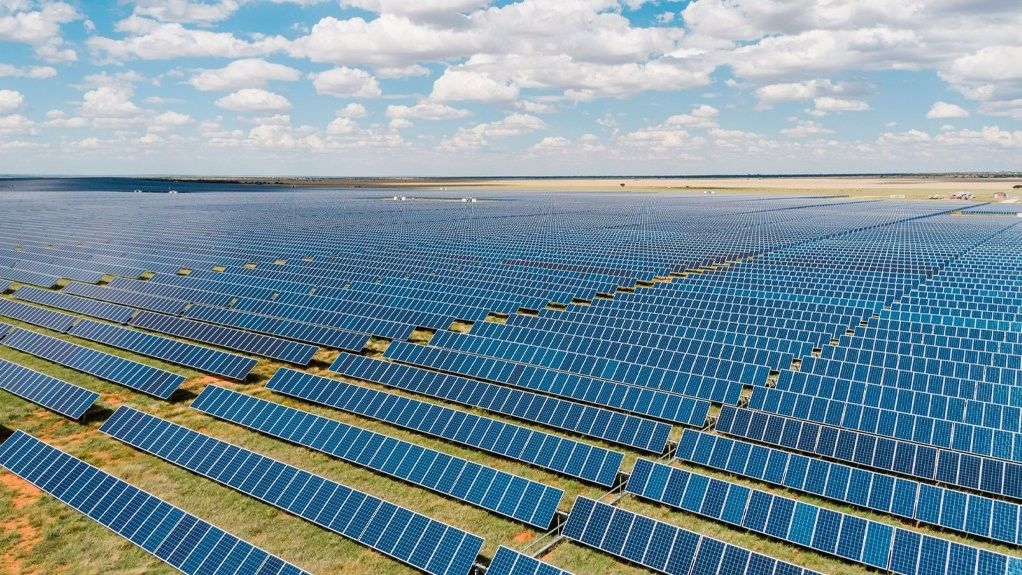
AIIM closes $370m financing for IDEAS Managed Fund – plans to keep investing in renewable energy
African Infrastructure Investment Managers (AIIM) has announced it has successfully completed a capital increase of ZAR 5.5 bn (about $370m) for its IDEAS Managed Fund (IDEAS) dedicated to infrastructure financing in the Southern African Development Community (SADC) region. “The new commitments were secured from 19 key South African institutional and pension fund investors, with two thirds of the capital being committed by new investors to the Fund,” AIIM said in a statement. The fundraise notably exceeded the company’s initial ZAR4.5bn ($301m) target by 20% and has taken the size of the open-ended fund to over ZAR 22 bn ($1.475bn). IDEAS has already been a critical investor in some of Southern Africa’s most famous sustainable infrastructure projects, and has allocated 75% of its capital so far to the renewable energy space. Such investments have notably seen the fund invest in several solar PV plants under South Africa’s Renewable Energy Independent Power Producer Procurement Programme (REIPPPP). Freshly raised capital will support the expansion of IDEAS’ portfolio in additional sustainable infrastructure assets, with additional investment likely to be made into South Africa’s new renewable energy projects currently at the procurement stage.
Read more »
South32 exercises its pre-emptive rights in Mozambique’s leading aluminum smelter
Mining and metals company South32 has announced it is exercising its pre-emptive rights to acquire Mitsubishi’s 25% shareholding in Mozal Aluminium, Mozambique’s largest industrial employer. Mitsubishi currently holds the 25% via MCA Metals Holding GmbH with the rest of the shares owned by South32 (47.1%), the Industrial Development Corporation (IDC) of South Africa (24%) and the Government of Mozambique (3.9%). Depending on whether the IDC also exercises its pre-emptive rights, South32’s shareholding could increase to either 72.1% or 63.7%, giving it’s a majority shareholding in the asset. The $250m transaction represents a strategic move for South32 as it integrates with the alumina it produces from its Worlsey Alumina refinery in Australia.
Read more »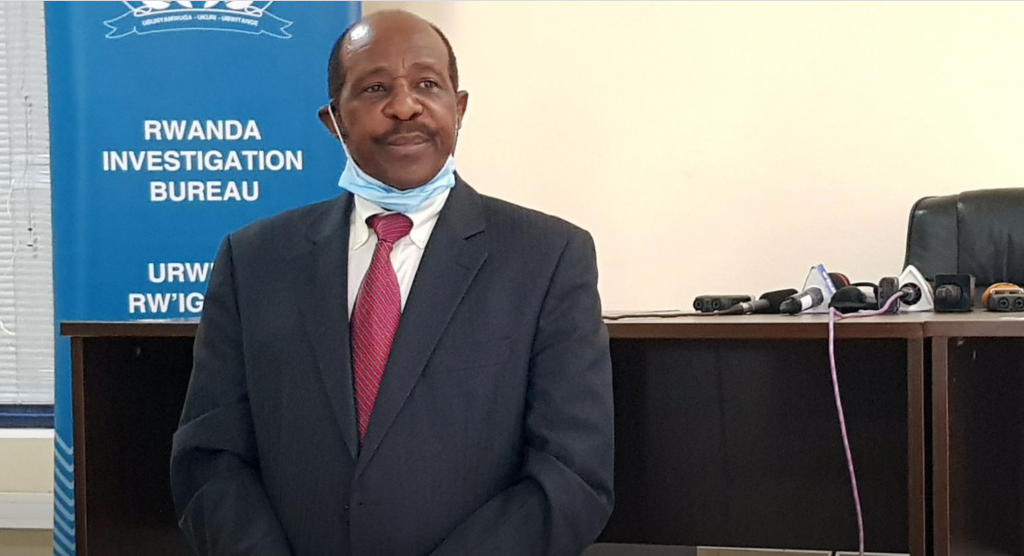
‘Hotel Rwanda’ hero sentenced to 25 years in prison by Rwandan court
Unsurprisingly, Paul Rusesabagina was sentenced to 25 years in prison on Monday, September 20, by the Kigali Tribunal. On trial since February, the former manager of the Hôtel des Mille Collines, who became a fierce opponent of President Paul Kagame, was found guilty of supporting a “terrorist” group which “attacked people in their homes, in their cars”, in the words of Judge Béatrice Mukamurenzi. While Paul Rusesabagina confirmed his participation in the creation of the National Liberation Forces (FLN), the armed wing of the Rwandan Movement for Democratic Change (MRCD) responsible for attacks that killed nine people in 2018 and 2019 in the southwest of Rwanda, he rejected any involvement in these crimes. Since March, the 67-year-old opponent, who appeared with 17 other defendants, boycotted the court hearings with his lawyers, denouncing a “political” trial made possible by his “kidnapping” by the Rwandan authorities. According to the indictment drafted by the attorney general of the Kigali court, Paul Rusesabagina was charged with nine counts relating to acts of terrorism. In the investigation, carried out by Rwanda in collaboration with the Belgian judicial authorities, he appears as the founder and “one of the main financiers of the FLN”, which he admits to having “supported up to 20,000 euros”.
Read more »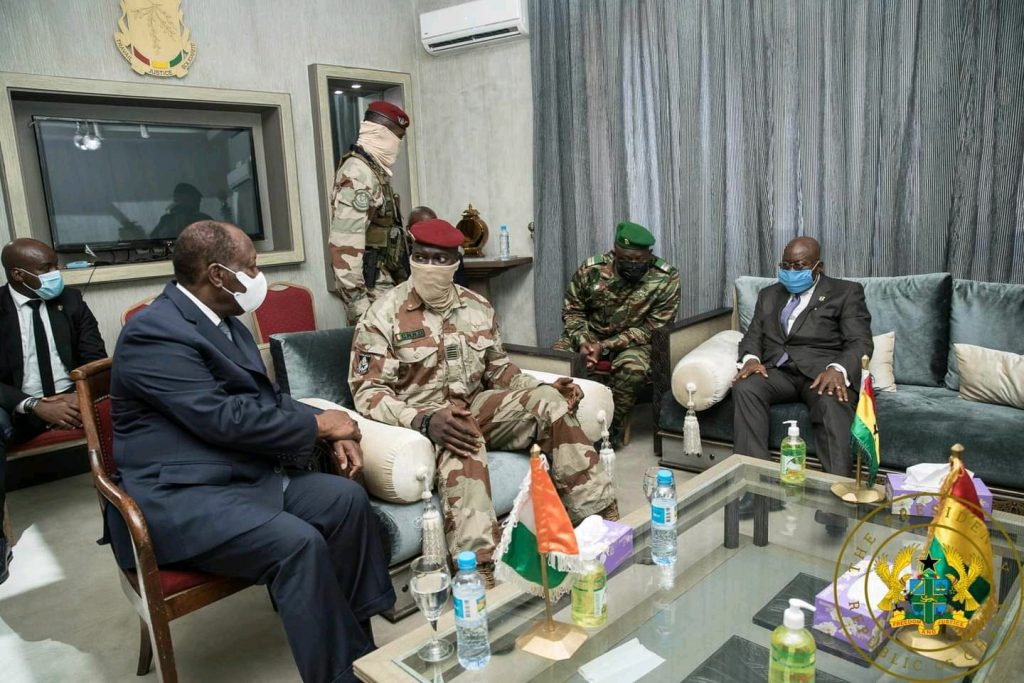
Guinea’s military junta refuses to bow to regional pressure
On September 16th, ECOWAS took more severe sanctions against Colonel Mamady Doumbouya and his acolytes. Members of the putschist junta were thus prohibited from traveling and using their pecuniary property in banks. They were also ordered to organize presidential and legislative elections within 6 months, without the possibility of participating themselves. The demands were on the table of negotiations during talks between ECOWAS President Akufo-Addo and his Ivorian counterpart Alassane Ouattara and officials from the National Rally and Development Committee (CNRD) in Conakry last week. But the CNRD, who had remained silent in the face of ECOWAS sanctions and injunctions, does not seem to envisage the prospect of a short transition. “The only calendar that is worthwhile is that of the Guinean people who have suffered so much,” declared Mamady Doumbouya on Tuesday, at the start of the days of consultation. The CNRD also indicated that ousted President Alpha Condé (who still refuses to resign) will not leave Guinea, and that no pressure will change his decision.
Read more »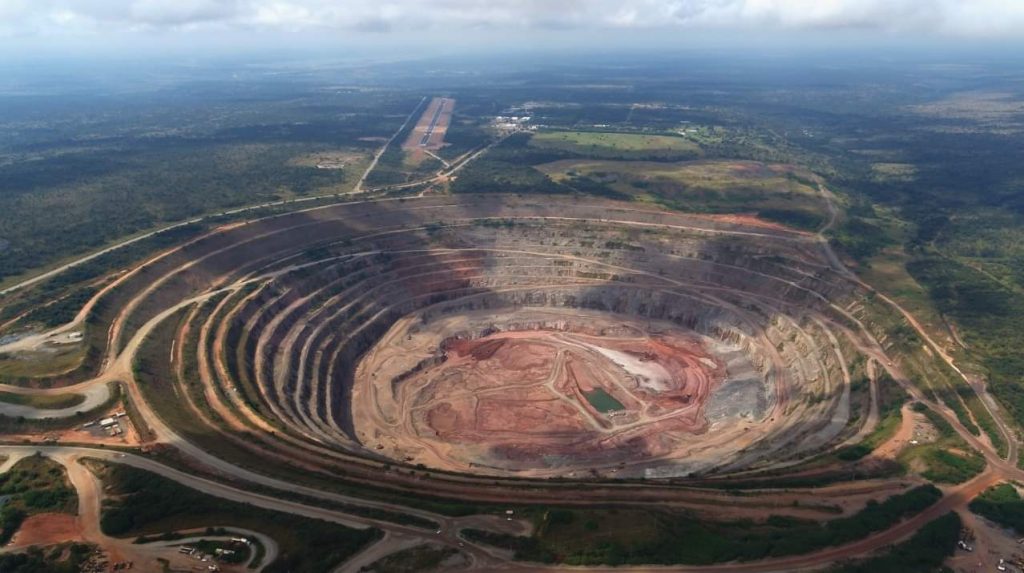
Angola produces 3.1m carats of diamonds in four months
From January to April 2021, the country produced the equivalent of 620 kilos of diamonds, with the goal of reaching 9.1 million carats by 2022. Angola produced a total of 3.1 million carats of diamonds (620 kg) from January to April this year. This is a reasonable performance given the impact of the Covid-19 pandemic, said Alexandre Garrett, director of the Planning and Statistics Office of the Ministry of Mineral Resources, during a local forum on the banking and mining sectors. Angola will continue to support operators to increase diamond production and reach the target of 9.1 million carats (1,820 kg) by 2022, he added. Also present at the forum, Canga Xaquivuila, director of the Angolan Institute of Geology, said his organization would further develop the country’s significant mineral resources. “The geological institute acts as a gateway, not only to examine and improve the quality and quantity of existing minerals, but also to pave the way for new discoveries and contribute to the revitalisation of the sector, with the objective that it becomes more integrated and adapted to a good business environment”, Xaquivuila said. With a production of 8 million carats per year, Angola is now ranked fifth in the world among diamond-producing countries.
Read more »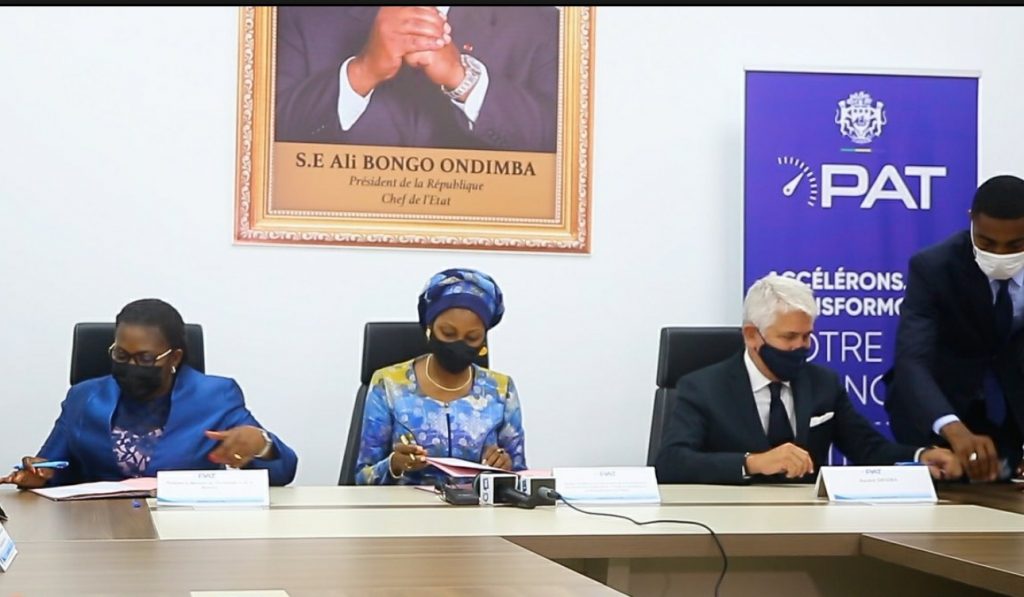
Gabon signs agreement for new 20 MW solar plant in Ngounié Province
On August 23rd, the Gabonese government validated a contract with the Turkish group Desiba Energy for the construction of a 20 MW solar power plant in Doubou, near Mouila, in the province of Ngounié. This FCFA 17.7 bn (27 million euros) project aims at providing a kilowatt at FCFA 95 (or about US 0.15), and was finalized thanks to the signing of a framework agreement of investment with the Gabonese state, the Gabonese Presidency has announced. President Ali Bongo Ondimba had fixed the strategic axes and actions to be carried out as part of his Emerging Gabon Strategic Plan (PSGE) about ten years ago, intended to develop abundant, competitive, sustainable and accessible energy to all. In addition, a Transformation Acceleration Plan (PAT) intends to increase energy production capacities to 250 MW by 2023, which includes the recently executed agreement with Desiba. “This is a greenfield foreign direct investment that promotes clean energy”, declared Yves Sylvain Moussavou, Deputy Secretary General of the Government and Executive Secretary of the Transformation Acceleration Plan (PAT) in Gabon. The objective for the Gabonese government is to diversify energy production resources to have an energy mix mainly in renewable energies.
Read more »
Senegal wants to create 10,000 green jobs
The Senegalese government has recruited 10,000 people for its “green employment” program, the Minister of Environment and Sustainable Development, Abdou Karim Sall, has announced. “These new recruits will pass a two-year test period and then we will assess before signing them CDI”, he added, specifying that 7,000 will be assigned to the National Agency of the Great Green Wall and 3,000 remaining in the various services of his ministerial department. The minister also indicated that these new recruits would intervene in the fight against deforestation, the protection of the environment, but also in the fight against bush fires. According to him, these new agents will undergo training before their deployment in the field. Senegalese President Macky Sall reiterated last March his decision to reorient budget allocations, with funding of at least 450 billion CFA francs ($800m) for a period of three years, including 150 billion in 2021. According to the Senegalese Head of State, these resources will be used to finance the Emergency Program for the employment and socio-economic integration of young people.
Read more »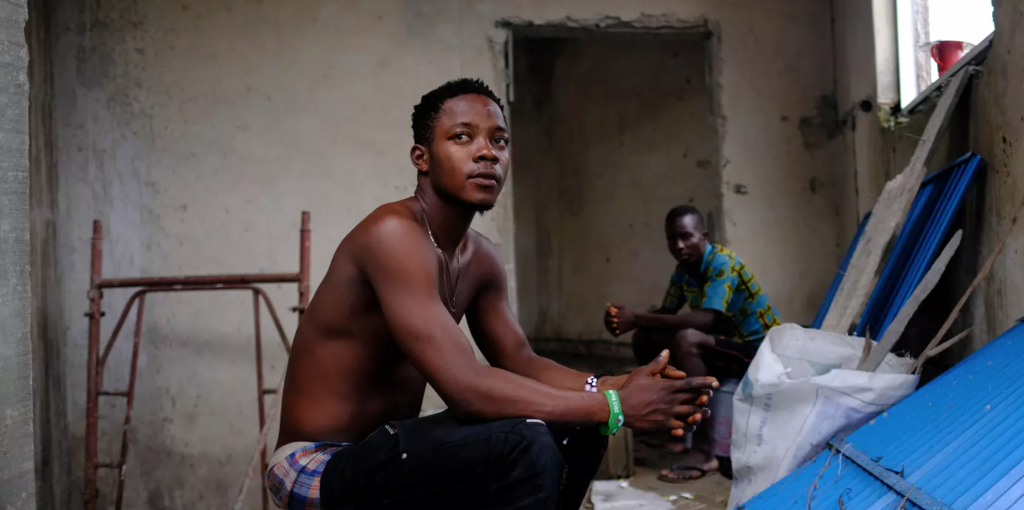
The jobs expected to be available for Africa’s youth from now – 2035
Under 25s are expected to total 50% of Africa’s population by 2050, causing a demand for employment to reduce poverty in the region. It’s predicted that ‘industries without smokestacks’ will account for 60% or more of new jobs in Ghana, Rwanda, Senegal, and South Africa. Notably, IWOSS industries also offer more employment opportunities for women. Africa’s youth population continues to grow rapidly: In fact, the World Bank predicts that people under the age of 25 are set to comprise 50 percent of the population of sub-Saharan Africa by 2050. Such growth has created now-urgent demand for employment that must be met for Africa to reduce poverty. To examine new strategies for job creation for the region’s youth, the Brookings Africa Growth Initiative (AGI) and its partner think tanks on the continent have been conducting research on how to support promising industries to grow and absorb low-skilled labor. While export-led manufacturing has historically led to job creation, factors like technological progress and the evolving global marketplace have meant that Africa has not been able to capitalize on the gains from manufacturing that other developing regions have. In response, AGI researchers have identified other sectors, termed “industries without smokestacks” (IWOSS), that share characteristics with traditional manufacturing and thus might play a similar role in driving economic growth and job creation. In short, IWOSS are sectors that are tradable, have high value added per worker relative to average economywide productivity, exhibit capacity for technological change and productivity growth, and show some evidence of scale or agglomeration economies. IWOSS include high-value agribusiness, horticulture, tourism, business services, ICT (information and communication technologies)-enabled services, transport, and logistics—all sectors that are growing at a faster pace and have higher labor productivity than non-IWOSS sectors like agriculture. Notably, different sectors of IWOSS can cater to Africa’s youth, whose education and skills vary widely, with tourism and horticulture largely relying on low-skilled labor while sectors like logistics and ICT require more training. The case studies for Ghana, Kenya, Senegal, South Africa, and Uganda were published earlier this year, and the recent paper “Addressing youth unemployment in Africa through industries without smokestacks” synthesizes the major findings and trends from those case studies. Overall, the case studies predict that IWOSS will account for 60 percent or more of new jobs in Ghana, Rwanda, Senegal, and South Africa; however, the share is lower for countries like Kenya and Uganda, which are projected to rely heavily on traditional, “smokestacks” industries to 2035. More opportunities for women Notably, IWOSS industries also offer more employment opportunities for women: In fact, the case studies reveal that most IWOSS sub-sectors employ a greater share of women than other sectors of the economy. Within IWOSS, tourism employs the greatest share of women (56.7 percent), while horticulture and export crops follow second at 53.2 percent. Female employees in ICT comprise only 31.7 percent of the sector; according to the authors, this finding indicates a greater need for training in digital skills for young girls and women. Policy Recommendations While the job creation potential of IWOSS relies on the fact that most roles do not require higher-level skills, a persistent lack of skills at all levels still holds their promise back. More specifically, the authors find that, for IWOSS firms to grow and create jobs, potential workers must demonstrate soft, digital, and intrapersonal skills, which can be taught through postsecondary education but require input from employers and businesses, as each sector has different demands for the skills required. Countries in the case studies have at least a moderate deficit in all six subcategories of skills: basic, problem-solving, resource management, social, systems, and technical. Notably, Ghana, Kenya, Senegal, South Africa, and Uganda have a substantial deficit in all six skills for agro-processing and tourism, and in horticulture have only a moderate gap in social skills but a severe gap in the rest of the skill subcategories. At the same time, the authors point out that gaps in necessary skills are not the only constraint IWOSS face, as poor infrastructure—like unreliable power supply and lack of or poorly maintained roads—pose major challenges for IWOSS development. Lack of competition as well as regulatory coordination issues that do not allow for customs and standards to be implemented also pose challenges. Since IWOSS face constraints similar to those of traditional manufacturing, the authors argue that policymakers are not required to choose between promoting IWOSS and manufacturing, thus enabling them to focus on forming multifaceted policies. Key takeaways of the report include the necessity of prioritizing investment in infrastructure (particularly gaps in the reliable supply of electricity), addressing the skills deficit through a demand-led approach between postsecondary education and businesses, and encouraging a competitive business environment. The individual case studies also provide country-specific recommendations for supporting the growth of IWOSS. This article was published by the World Economic Forum in collaboration with the Brookings Institution. It first appeared here.
Read more »